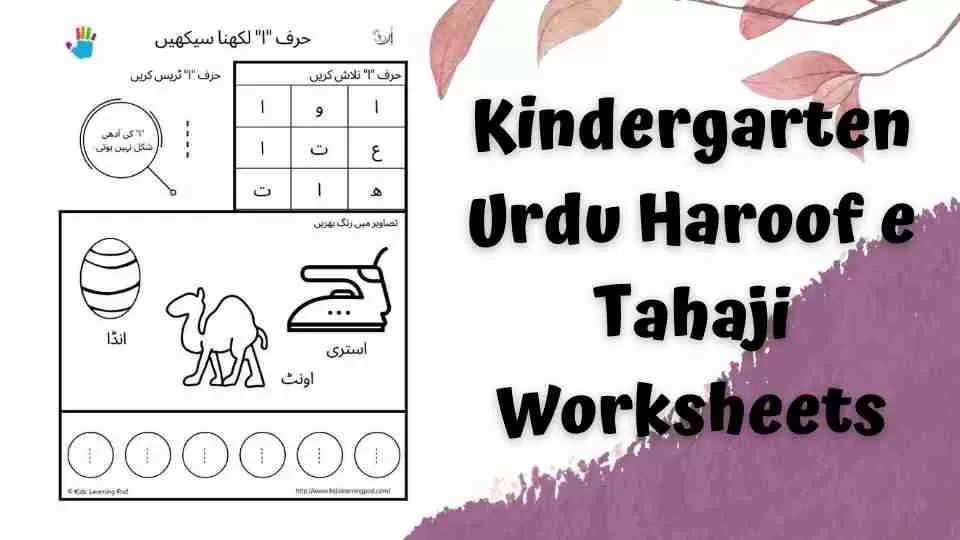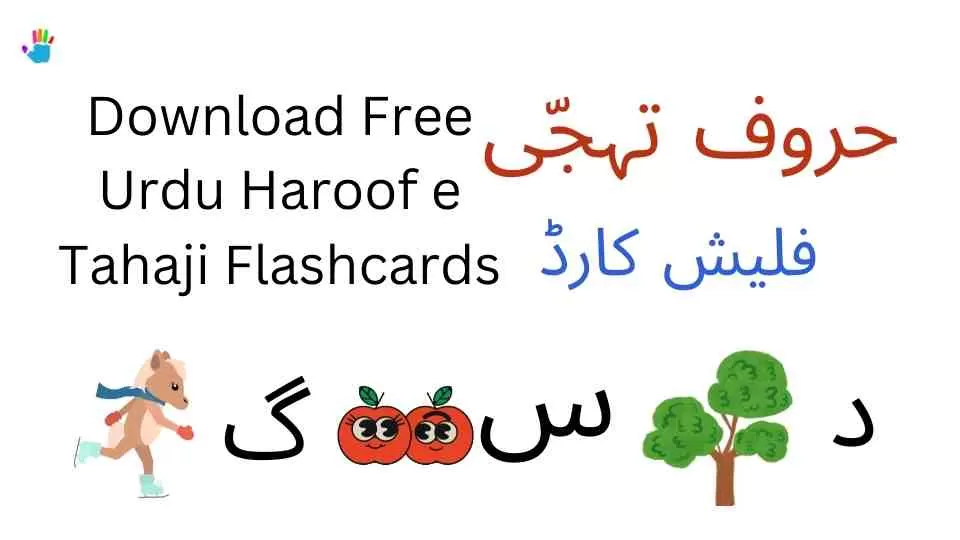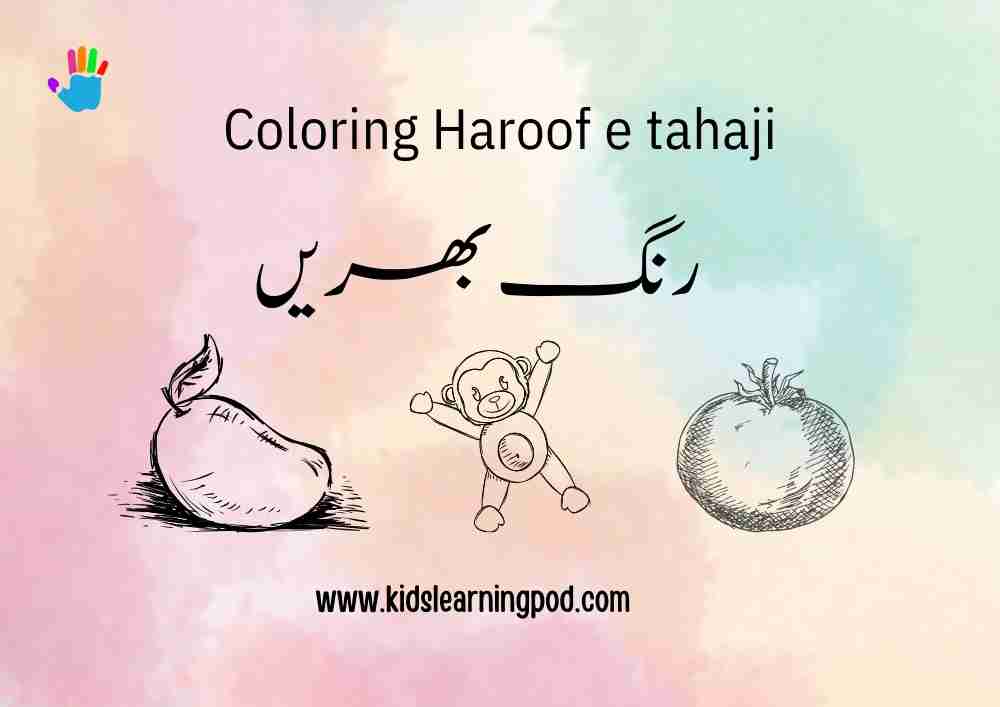Seasons Urdu Worksheets for Kindergarten are awesome to teach kids about seasons. Seasons are a magical time in a child’s life. One of the key aspects of the journey to learn is introducing them to the Urdu language while helping them understand the world around them. In this post, we’ll explore a treasure of resources: Seasons Urdu worksheets for kindergarten. These worksheets not only facilitate language development but also foster an appreciation for the ever-changing seasons. Let’s make learning an awesome adventure!
Seasons Urdu Worksheets for Kindergarten
Seasons Urdu Worksheets for Kindergarten: Building Strong Foundations
As we lay the foundation for our young learners, it’s essential to introduce them to the concept of seasons. The worksheets under this category serve as the cornerstone of their education. Through these engaging materials, children not only become proficient in Urdu but also gain a deeper understanding of the four seasons: spring, summer, autumn, and winter.
Exploring Spring with Seasons Urdu Worksheets for Kindergarten
Spring is a time of renewal and growth, and these worksheets capture its essence beautifully. Activities include vocabulary exercises, where children learn words like “flowers” (پھول), “butterflies” (تتلیاں), and “rain” (بارش). These worksheets incorporate colorful imagery, making the learning experience both joyful and informative.
Basking in the Warmth of Summer Urdu Worksheets
Summer is synonymous with fun and play. Summer-themed worksheets immerse children in Urdu through activities such as coloring pages featuring suns (سورج) and ice creams (آئس کریم). As they engage with these worksheets, youngsters effortlessly grasp Urdu words associated with this vibrant season.
Fall in Love with Autumn Worksheets
Autumn worksheets showcase the beauty of falling leaves (پتوں کی گرداب) and cozy sweaters (گرم جرسیاں). Children learn to express themselves in Urdu by describing the changing colors of leaves and the crispness in the air. It’s a linguistic journey through the golden season.
Embracing the Winter Chill with Urdu Worksheets
Winter-themed worksheets introduce kids to the magic of snowflakes and warm mittens (گرم دستانے). These worksheets nurture vocabulary development while conveying the cozy feelings associated with winter.
Summer Season
Summer is a season characterized by longer days, warmer temperatures, and vibrant nature. It typically occurs between June and August in the northern hemisphere and between December and February in the southern hemisphere.
During summer, the Earth’s axis tilts toward the sun, causing more direct sunlight and increased warmth. This results in various changes in the environment:
- Weather: Summer brings higher temperatures, clear skies, and lower humidity in some regions. This weather fosters outdoor activities like swimming, hiking, and picnics.
- Nature: Trees and flowers are in full bloom, displaying a spectrum of colors. Animals are more active, and birds sing cheerfully.
- Agriculture: Farmers cultivate crops during this season, benefiting from the warmth and longer daylight hours. Fruits and vegetables ripen, becoming available for harvest.
- Holidays and Leisure: Many people take vacations during summer, visiting beaches, parks, or tourist destinations. Schools often have a break, allowing families to spend time together.
- Clothing and Lifestyle: Light, breathable clothing is preferred in summer to stay comfortable in the heat. People also tend to drink more water to stay hydrated.
- Sunlight: Days are longer, with more daylight for outdoor activities. However, prolonged exposure to the sun requires precautions to prevent sunburn and heat-related illnesses.
Overall, summer is a season cherished for its warmth, outdoor opportunities, and the vibrant beauty it brings to the world.
Autumn Season
Autumn/Fall: Autumn occurs between September and November in the northern hemisphere and between March and May in the southern hemisphere. This season is characterized by several distinct changes:
- Weather: Temperatures start to drop, leading to cooler days and chilly nights. Winds become brisk, and occasional rainfall occurs.
- Nature: Trees shed their leaves, creating a colorful landscape as foliage turns shades of red, orange, and yellow. Animals prepare for winter by gathering food and finding shelter.
- Agriculture: Farmers harvest their crops, and fruits and nuts reach maturity. It’s a time for gathering the yields of the year.
- Holidays and Traditions: Festivals like Halloween and Thanksgiving are celebrated in many places, often involving gatherings and special events.
- Clothing and Lifestyle: People start wearing warmer clothing like sweaters and jackets to stay comfortable in the cooling weather.
Winter Season
Winter: Winter occurs between December and February in the northern hemisphere and between June and August in the southern hemisphere. This season is characterized by:
- Weather: Winter brings cold temperatures, snow, and ice in many regions. Days are shorter, and nights are longer.
- Nature: Trees are bare, and the landscape is often covered in snow. Animals either hibernate or adapt to the cold by growing thicker fur or feathers.
- Recreation: Winter sports such as skiing, snowboarding, and ice skating are popular in snowy areas. Holidays like Christmas and New Year are celebrated during this time.
- Clothing and Lifestyle: Heavy clothing like coats, scarves, and gloves are worn to stay warm. People often spend more time indoors to avoid the cold.
Spring Season
Spring occurs between March and May in the northern hemisphere and between September and November in the southern hemisphere. This season is marked by:
- Weather: Temperatures begin to rise, and the weather gradually becomes milder. Rainfall helps to nourish the earth after winter.
- Nature: Trees and plants start to bloom, and new leaves grow. Animals come out of hibernation or breeding habits become more active.
- Agriculture: Farmers plant new crops, taking advantage of the fertile, moist soil. Gardens bloom with colorful flowers.
- Traditions: Various cultural festivals and holidays are celebrated, signifying rebirth, renewal, and fertility.
- Clothing and Lifestyle: As temperatures become warmer, people transition to lighter clothing, bidding farewell to heavy winter wear.
Why Seasons Urdu Worksheets for Kindergarten Matter?
Fostering Language Skills
Language development in early childhood is crucial, and these worksheets provide a nurturing environment for Urdu language acquisition. Through engaging activities, children naturally absorb the language while having fun.
Connecting with the Environment
Understanding seasons is not just about language; it’s also about connecting with nature. These worksheets help children appreciate the changing world around them and foster a sense of wonder.
Boosting Creativity
The colorful and imaginative worksheets stimulate creativity. As children complete activities, they also enhance their fine motor skills and creativity, all while reinforcing their Urdu language skills.
Building Confidence
Successfully completing worksheets is a confidence booster for young learners. It encourages them to explore further and embrace learning with enthusiasm.
Supporting Parents and Educators
Parents and educators play a vital role in a child’s educational journey. These worksheets provide valuable tools for teaching Urdu and seasonal concepts effectively.

Kindly Allow Pop ups to let the Download Begin!

Conclusion
Seasons Urdu worksheets for little ones are amazing tools to learn and have fun. They help kids with language and make them love nature. These worksheets are like doors to a world where learning is super exciting. Try these worksheets with your kid and see them grow into curious learners who are ready to explore the world. You can get more stuff to learn here. Have fun learning!





